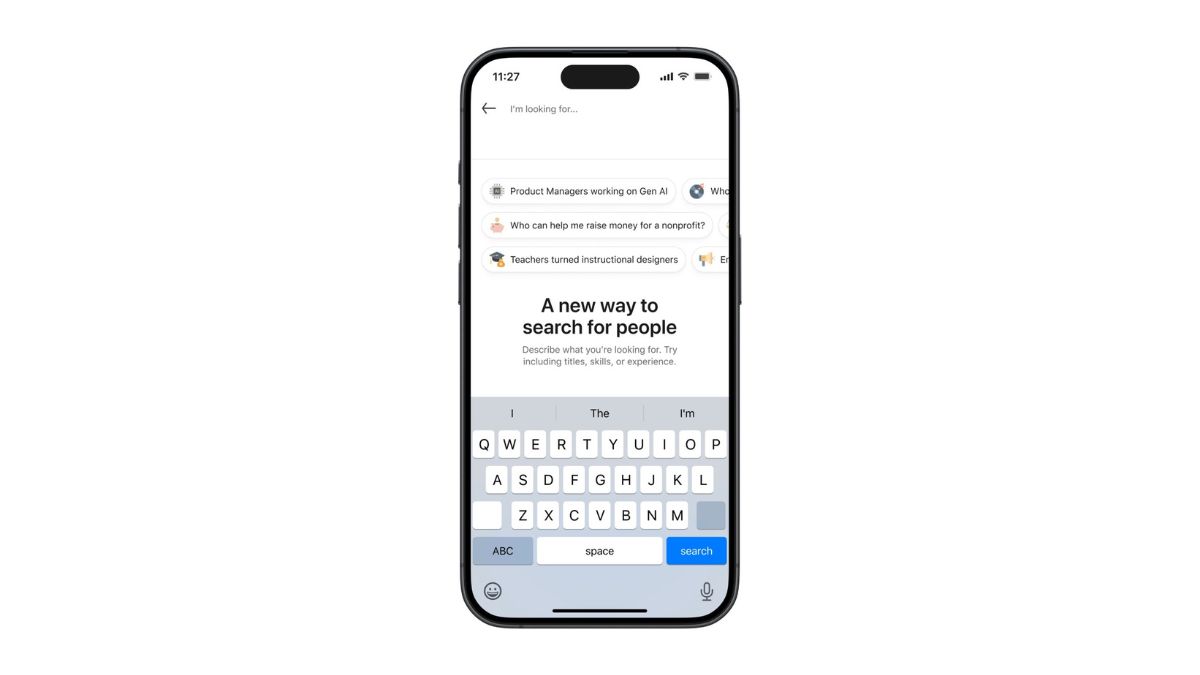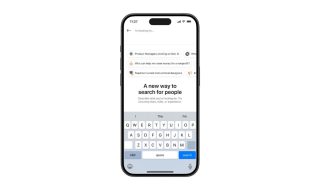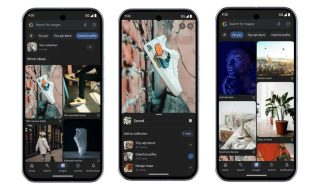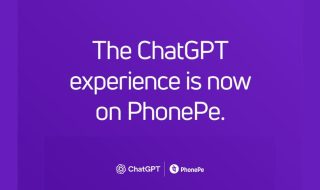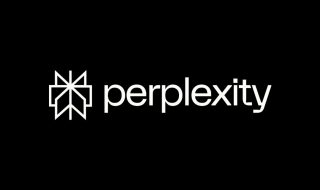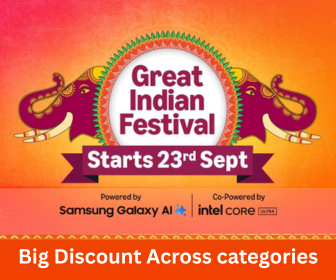LinkedIn is bringing artificial intelligence to one of its most important features: search. After testing AI tools for job listings earlier this year, the platform is now expanding that capability to help users find people more easily.
Until now, searching on LinkedIn has required typing exact titles, keywords, or manually adjusting filters to get accurate results. That often made it tricky to discover the right person unless you knew exactly what you were looking for. The new AI-powered search changes that by allowing users to type queries in natural language, the way they would talk to another person.
For example, users can now search using phrases like “Find investors in the healthcare industry with FDA experience” or “Show me people who co-founded a productivity company in New York.” The AI system then interprets the request and shows relevant profiles.
This feature is currently available to premium users in the United States, with plans to expand to other regions soon. When the update reaches your account, you will see the phrase “I’m looking for…” instead of the usual search bar text, signaling that the new AI search is active.
LinkedIn’s previous search relied on what is known as “lexical” search. It matched words literally. That meant users often had to guess the right combination of job titles or skills. With AI, the platform now understands the meaning behind the search rather than just matching text.
LinkedIn says the goal is to make it faster to find the most relevant person who can help you grow your career, explore business opportunities, or simply expand your professional network.
Almost every major online platform has been moving toward AI-powered search. Google and Bing now offer conversational results, while startups like Perplexity are reimagining how people discover information. Even Reddit and Brave have introduced AI-driven tools for better search experiences.
LinkedIn’s move fits into this trend, especially as users increasingly turn to AI chatbots to get quick, meaningful answers. Unlike those platforms, LinkedIn’s data is still open. The company has not yet put strict limits on how its information is used for AI training or external applications.
As with most new AI features, the people search tool is not perfect yet. Some queries might give inconsistent results; for instance, searching for “people who co-founded a YC startup” could show different profiles compared to typing “Y Combinator.” LinkedIn says it is continuing to improve how the AI interprets search intent and context.
This new addition feels like a natural evolution for LinkedIn. Over the past couple of years, the platform has added AI tools for job recommendations, post creation, and learning suggestions. With the arrival of AI-driven people search, the experience becomes more conversational and intuitive — closer to how professionals actually think and communicate.
If it works as promised, it could make networking on LinkedIn much more efficient, saving time for people who want to connect with the right individuals rather than just scroll through endless profiles.
